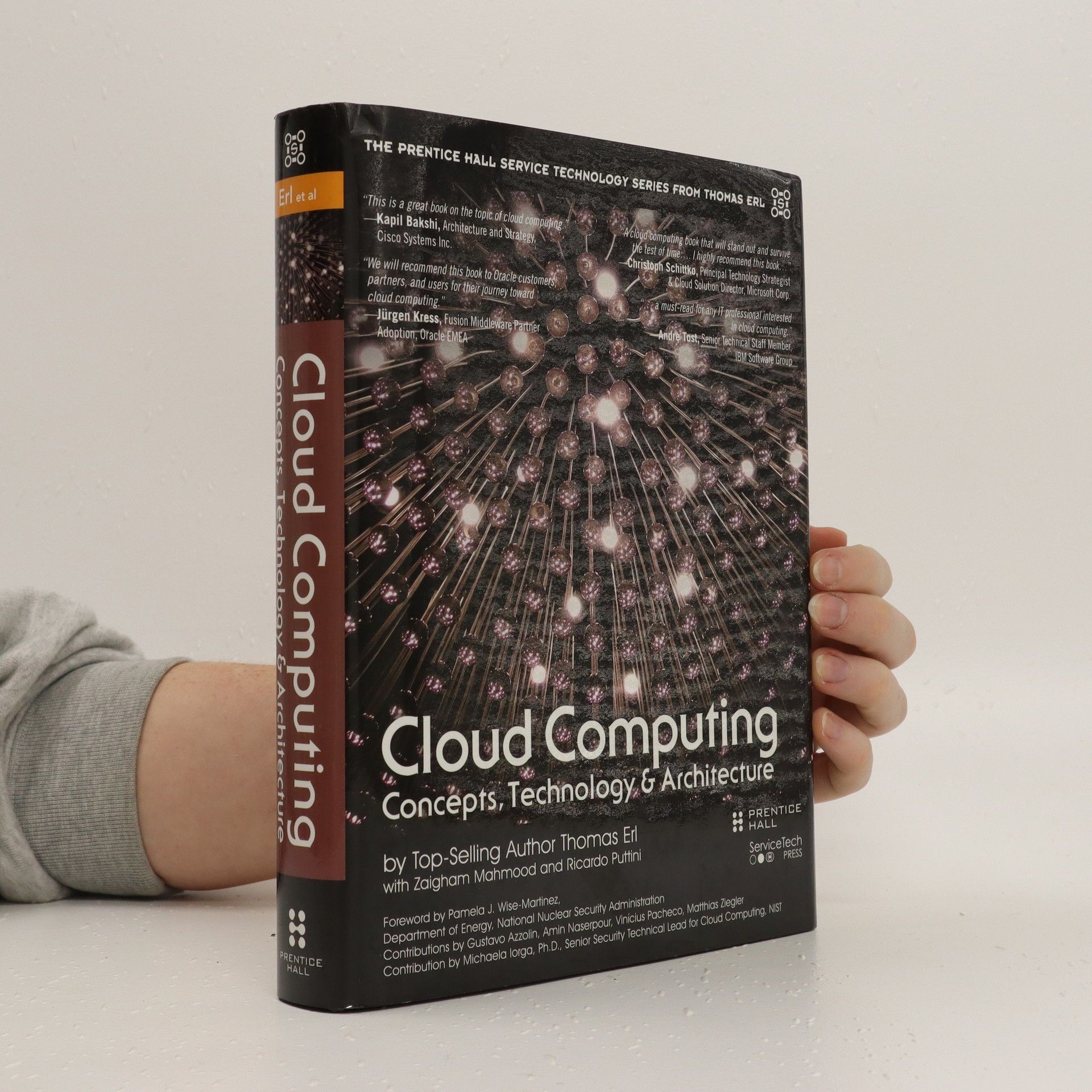Cloud computing : concepts, technology and architecture
- 489pages
- 18 heures de lecture
This book describes cloud computing as a service that is "highly scalable" and operates in "a resilient environment". The authors emphasize architectural layers and models - but also business and security factors.
